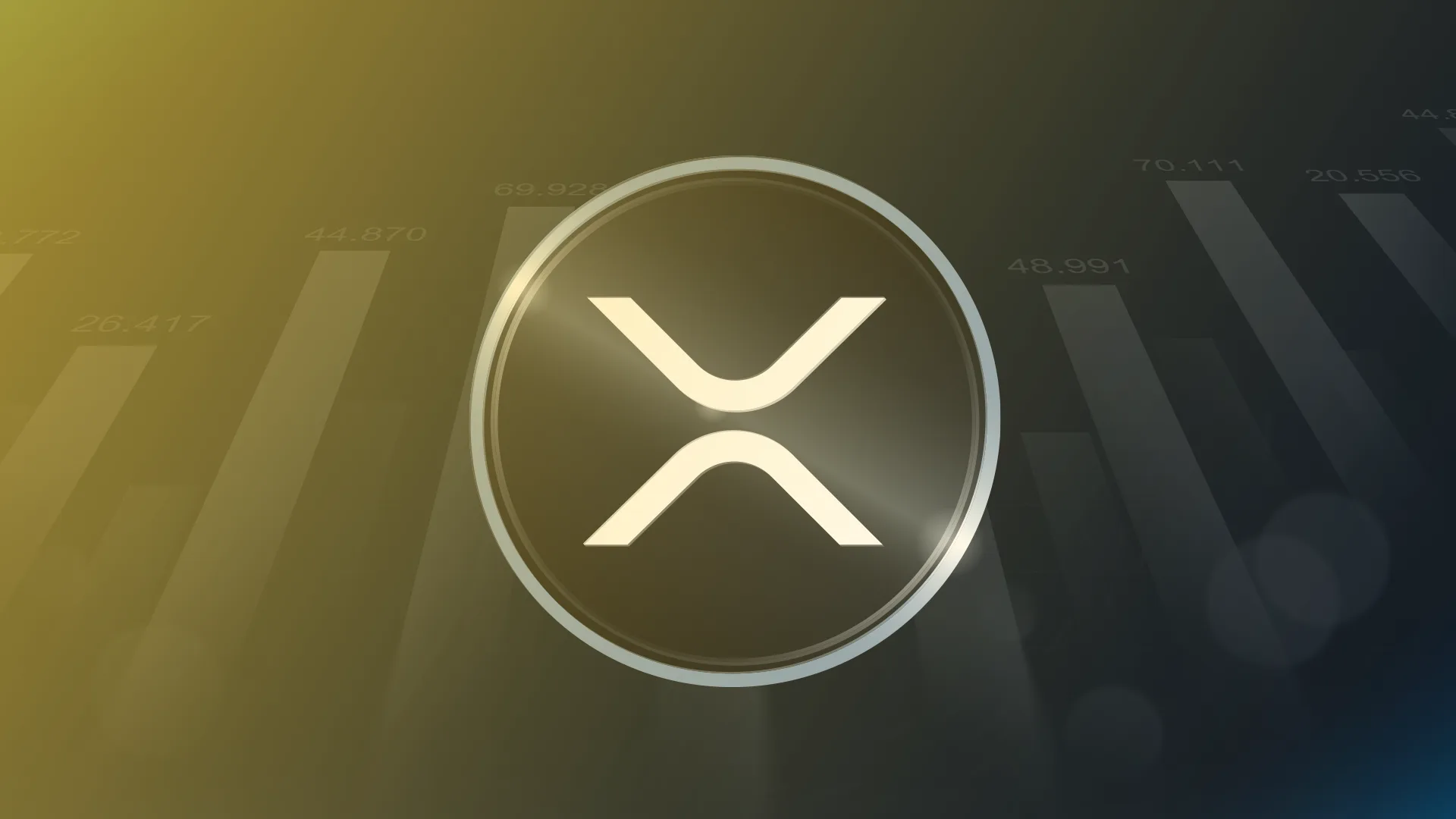


David Schwartz explains the features and benefits of XRP General Ledger for Financial Institutions. He is looking to issue a stablecoin.
In the post, Ripple’s CTO highlights the features of “Decentralization, Scalability, Speed”. It enables the cost reduction offered by XRP Ledger. He then states that the platform’s issued currency functionality is being designed to allow financial institutions to create, issue and manage any asset. This includes stable currencies.
The process of issuing asset classes only requires the financial institution to set up an XRPL node. Thus, institutions can open a sender account and choose the desired configuration options for that particular stablecoin. Then issuers can connect the node to the bank’s payment network or to the payment network of the stablecoin issuer.
The next step is to create a wallet that will contain the funds of the issuer. It also consists of submitting the “creation of stable coins” transaction on the XRP ledger. In this way, the entity will have access to their account credentials to proceed with the configuration of the stablecoin according to their needs and requirements.
XRP as a neutral asset for stablecoin issuers
In conjunction with the Currency Issuance feature, the XRP Ledger platform offers “Decentralized Exchange” (DEX). DEX facilitates the exchange between assets issued over the network, including the native XRP asset.
It also has features allowing interoperability of payments. It allows the reception of assets at low cost and the use of XRP “as a relay asset”. According to Schwartz, this makes it easier to connect a stablecoin issuer to a network to settle transactions without a central middleman.
Well done, you’ve read this entire article!
To congratulate you we are going to offer you our free method to invest in cryptocurrencies simply and automatically with the objective of generating regular income while protecting your capital as much as possible.
To access your giveaway, click here and register: https://www.fructify.io/actucrypto.



























